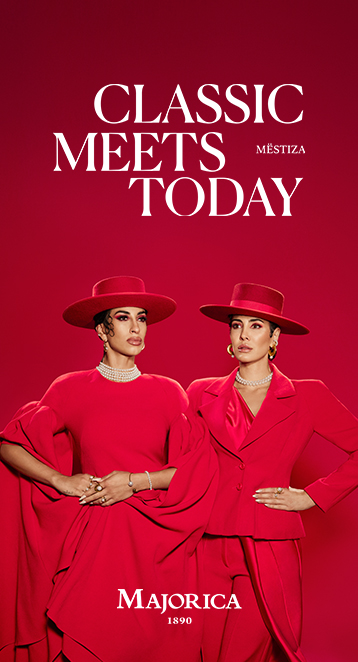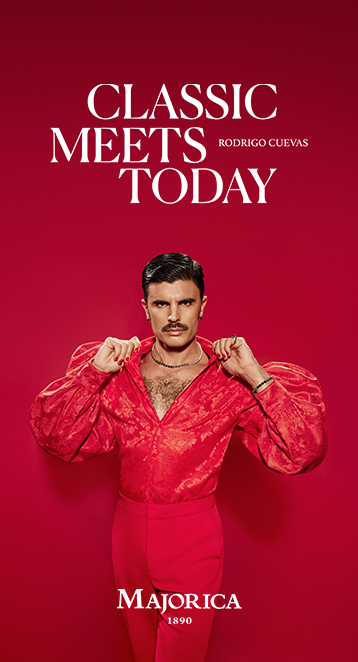NETHERLANDS. Luxury goods specialist Gassan this week marked 50 years of trading at Amsterdam Airport Schiphol. The company opened on 14 September 1967 with five staff initially. Today it is one of the leading diamond merchants in the airport market. It runs 17 shops and has over 200 employees at Schiphol. Gassan said its own growth had kept pace with that of the airport, where passenger traffic has grown from 3.3 million in 1967 to 63.3 million last year.
“We have had a solid presence at the Amsterdam Airport Shopping Centre since 1967 and are one of the oldest business partners of Schiphol Airport,” said Gassan Diamonds Director Benno Leeser. “We plan to continue working closely together with the airport in the future to promote growth, innovation, and success. We have a shared ambition to make Schiphol the most welcoming and hospitable airport in all of Europe.”

Amsterdam Airport Schiphol Director of Consumer Products & Services Tanja Dik said: “The range of products offered at the See Buy Fly shopping centre would not be the same without Gassan. In the 50 years during which Gassan has continued to grow along with Schiphol, countless passengers have been able to benefit from the excellent service and unique range of products offered by the company. Gassan is a beautiful example of an established and innovative family-owned Dutch business with a global reputation that is continuing to develop itself further: very much like Schiphol.”
To commemorate its 50th anniversary, Gassan Schiphol recently launched some anniversary offers. On 14 September, all customers at Schiphol making a purchase had the chance to win a diamond worth €300 in a special competition.

Five decades of growth
Reflecting on its five decades of business at the airport, Gassan said that it began by selling loose, unset diamonds in 1967.
Later, the company took on a goldsmith, and jewels were also crafted on site at the airport. In 1989, after the acquisition by Gassan of the jeweller then operating at Schiphol, three diamond sales counters and three jewellery shops were opened.
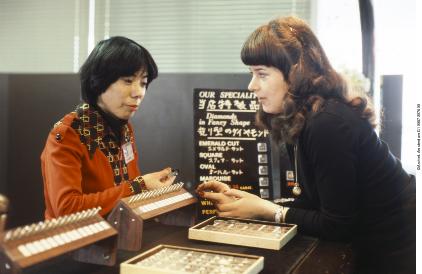
The company noted: “Gassan employees could then regularly be seen rushing from one Gassan site to the next, as there was only one goldsmith working. And if a passenger was in a rush to catch the plane, the jewellery item in question would simply be delivered to the plane.”
In 2017, Gassan offers diamonds and more than 100 brands of jewellery and watches. Most of its customers at Schiphol purchase watches, and about 20% purchase a diamond or jewellery.
Leeser also highlighted how the company had emerged through some tough times, from 9/11 to SARS to economic downturn from 2007 onwards, each of which negatively affected turnover.
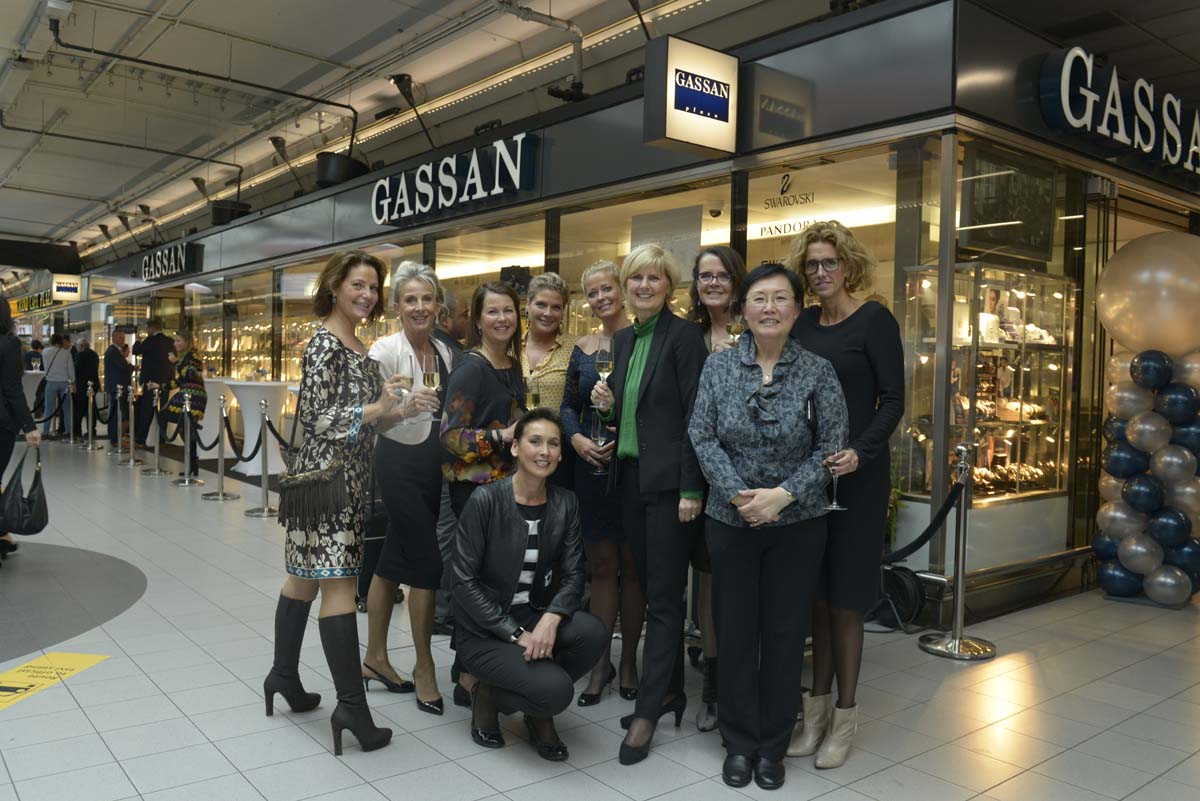
“From 1999 through 2010, we had to confront various crises”, he said. “In such times, the loyalty of your employees is extremely important. I’m really proud of the fact that, as a family business, we were able to survive these crises with the support of our employees. In many ways, they really do feel like family. By staying positive, getting the best out of everyone, and remaining calm, we were able, in the end, to get through the crises in reasonable shape.”
Notably, said Gassan, in times of crisis diamonds sell better than watches and jewellery. Gassan said it recently welcomed a customer from the UK who no longer had confidence in the banks and therefore wanted to give his heirs part of their inheritance up front in the form of a diamond.
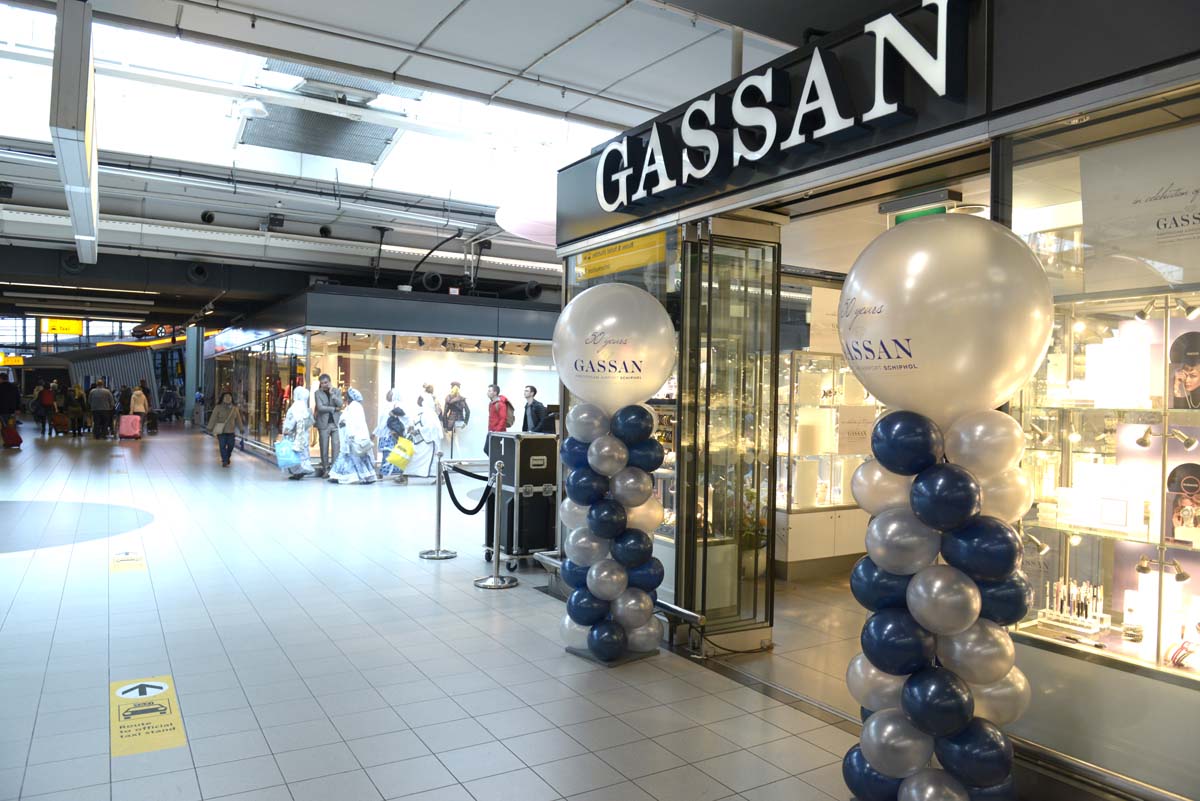
Until recently, China and the UK had long been the two top-ranked nationalities for the purchase of luxury watches, diamonds, and jewellery at Schiphol. But Gassan added that in 2017, “Brexit was responsible for a change: the UK lost its top three status and was replaced by the USA. China has dominated the number one spot since 2011, and the Chinese spend eight times more on average than most airline passengers”.
Gassan also reported continuing strong spend from Norwegians, who have been a firm fixture in the top ten spending groups. India and Brazil are also rising up the rankings though are not yet in the top ten, it stated.
Gassan also commented on the purchasing habits of some key nationalities. It noted: “Diamond purchases made at the airport are an excellent indicator of a country’s temperament and culture. For Americans, size matters: ‘the bigger the better’. Russians love showy pieces: the shinier the better. For the Japanese, it’s all about the quality of the stones.”
The retailer also offered an insight into Chinese spending habits and their choice of brands.
“The Chinese focus primarily on ‘heritage’ pieces and famous quality brands. They are also very much into well-known Swiss watch brands such as Rolex, Omega, Longines and Tissot as well as top brands such as Cartier. When it comes to diamonds, Chinese travellers often choose the unique Gassan 121, a diamond sporting 121 facets.”

Dutch buyers are “more modest”, noted Gassan, generally preferring fine, white diamonds of a high, almost flawless clarity. “The English have a clear preference for the more sporting brands such as Breitling and Tag Heuer, although Rolex and Omega are also quite popular. When it comes to diamonds, they generally opt for the ‘golden mean’ in terms of price/quality ratio.”
Schiphol Group and Gassan noted the strong partnership between the companies over the years – a period in which Gassan has had a monopoly on watches, jewellery and diamond retailing at the Dutch hub.
Recently, Gassan opened its 17th outlet at Schiphol. In the future, the company said it aims to differentiate more sharply between the lower and higher segment, with a division between so-called ‘candy shops’ with items up to €500, and luxury boutiques with products starting at €500. “We have something for every budget”, said Leeser. “We expand when possible, but we are of course limited by the number of square metres available at Schiphol. The airport cannot simply expand at will.”
Click here for an interview with Benno Leeser from our July 2016 Digital Print Edition (page 130).
About Gassan Diamonds
In October 1945, Dutch diamond trader Samuel Gassan, the grandfather of Benno Leeser, established Gassan Diamonds. The first outlet at Schiphol opened its doors in 1967. At present, Gassan operates 17 shops at Schiphol, including Gassan Diamonds, Gassan Watches & Jewelry, Swatch stores, and boutiques with Rolex, Omega, Bulgari, Montblanc and Espace Cartier.
At the beginning of 2013, the company became the first winner of the ‘Family-owned business award’, in part due to the response to the recession of 2009. The jewellery branch as well as the wholesale and retail trade in diamonds posted record turnovers in 2011 and 2012. In the following year, the Gassan diamond-cutting facility welcomed a record number of visitors, over 400,000, including around 30% from Asia.




